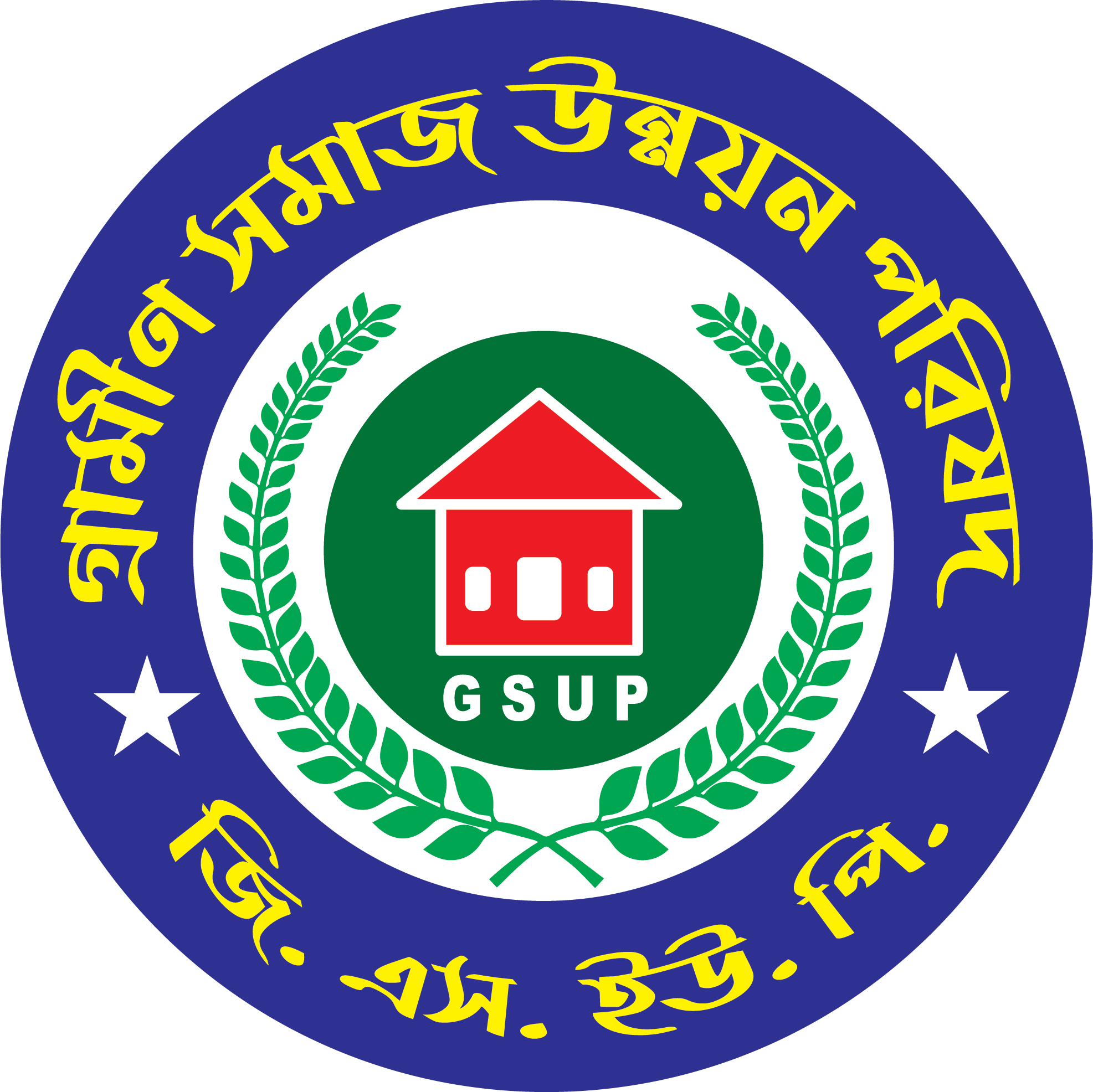Ethereum: How to find the change / sender address given a txid?
February 6, 2025Ethereum: To what extent has 2018 mLSM paper influenced ethereum data structure?
February 7, 2025
How AI Can Help Identify the Best Blockchain for Your Decentralized Application (dApp)
As the adoption of blockchain technology continues to grow, more and more decentralized applications (dApps) are emerging on various blockchains. However, with so many options available, choosing the right blockchain can be a daunting task. In this article, we’ll explore how AI can help identify the best blockchain for your dApp.
What is a Blockchain?
A blockchain is a decentralized, digital ledger that records transactions across a network of computers. It’s the foundation of any blockchain-based dApp, allowing for secure, transparent, and tamper-proof transactions. With so many blockchains to choose from, it can be overwhelming to determine which one is best suited for your project.
The Challenges of Blockchain Selection
When choosing a blockchain for your dApp, you’ll need to consider several factors:
- Scalability: Will your application handle large volumes of transactions?
- Security: Are there sufficient security measures in place to protect user data and prevent attacks?
- Interoperability: Can different systems or services interact with your blockchain seamlessly?
- Talent and Development Costs: What are the available talent and development costs for your project?
- Regulatory Compliance
: Will you need to comply with specific regulations or standards?
How AI Can Help
Artificial intelligence (AI) can greatly accelerate the blockchain selection process by providing insights into these key factors. Here’s how:
- Scalability Analysis: AI-powered tools can analyze your project’s potential scalability requirements and recommend suitable blockchains that can handle those demands.
- Security Assessment: Advanced threat analysis and vulnerability scanning can identify security risks associated with different blockchains, helping you prioritize those that meet your standards.
- Interoperability Evaluation: AI-driven compatibility testing can assess the ability of different blockchain networks to seamlessly interact with each other.
- Talent and Development Cost Estimation: Predictive modeling using machine learning algorithms can estimate the required talent and development costs for your project, helping you allocate resources more effectively.
Popular Blockchain Options
To illustrate how AI can help identify the best blockchain, let’s look at a few examples:
- Ethereum: A popular choice for decentralized applications due to its strong ecosystem and wide range of use cases.
* Scalability: High
* Security: Very high
* Interoperability: Excellent (interoperable with multiple chains)
* Talent and Development Costs: Moderate to high
- Polkadot: A decentralized platform that enables interoperability between different blockchain networks.
* Scalability: Medium-high
* Security: High
* Interoperability: Very good (excellent for integrating with various chains)
* Talent and Development Costs: Lower than Ethereum’s
- Solana: A fast, scalable blockchain designed for decentralized applications.
* Scalability: High
* Security: High
* Interoperability: Excellent (interoperable with multiple chains)
* Talent and Development Costs: Moderate
Conclusion

Choosing the right blockchain can be a significant hurdle for dApp developers. AI-powered tools can significantly streamline this process by providing actionable insights into scalability, security, interoperability, talent costs, and regulatory compliance. By leveraging these advanced technologies, you’ll be able to identify the best blockchain for your project, increase the chances of success, and drive growth.
Recommendations
If you’re considering a new dApp or updating an existing one, we recommend:
- Conduct thorough research: Review existing blockchains and their applications.
